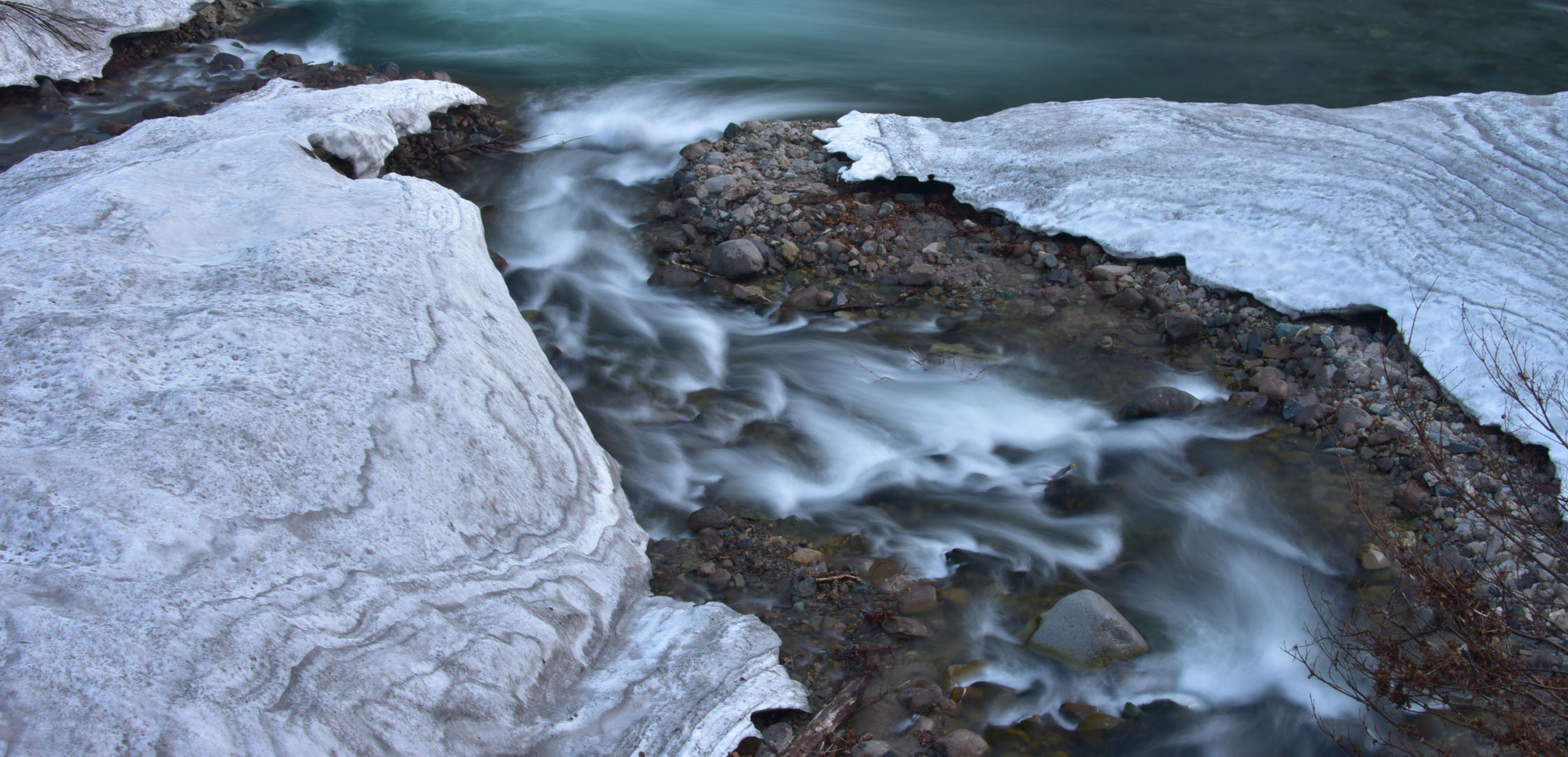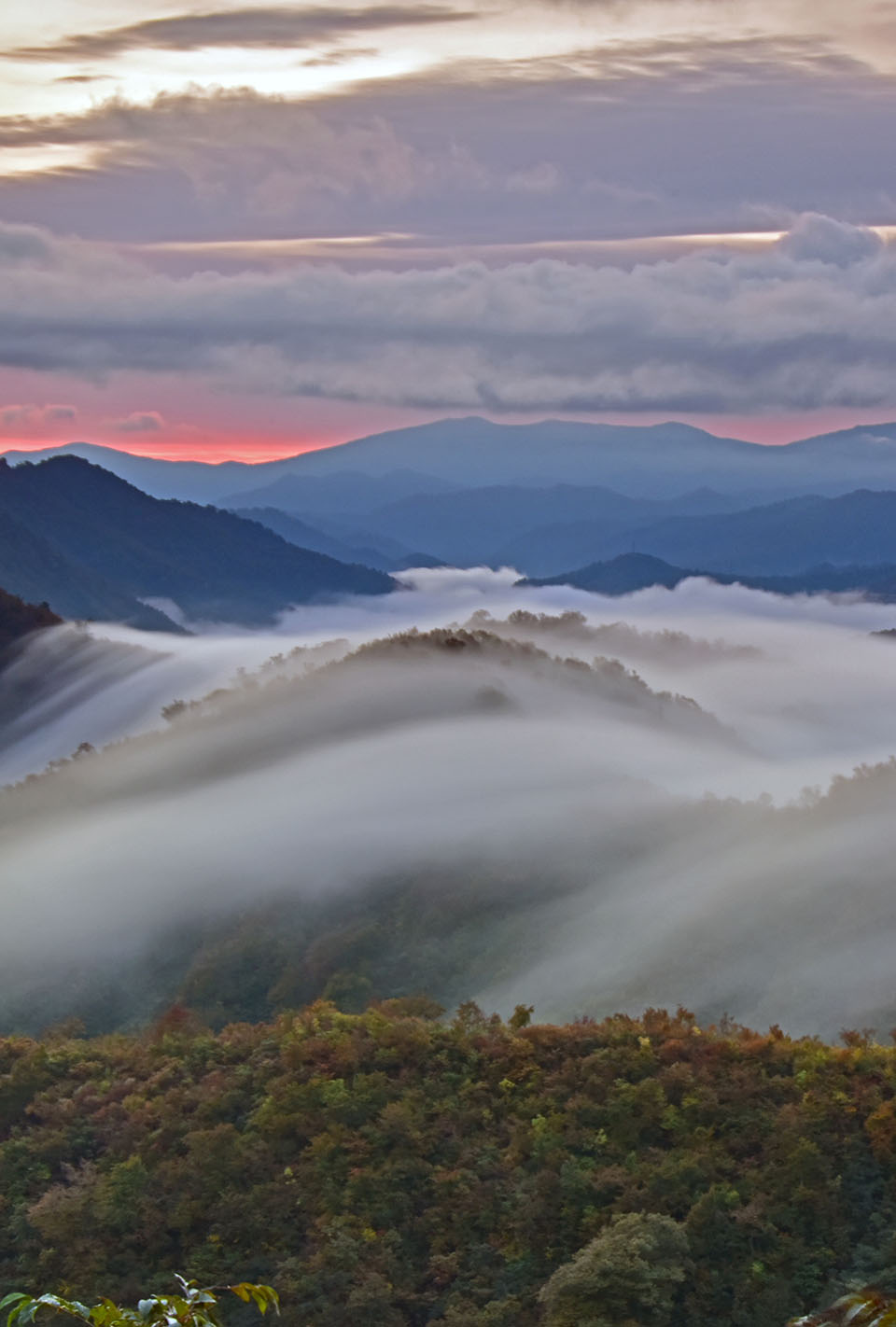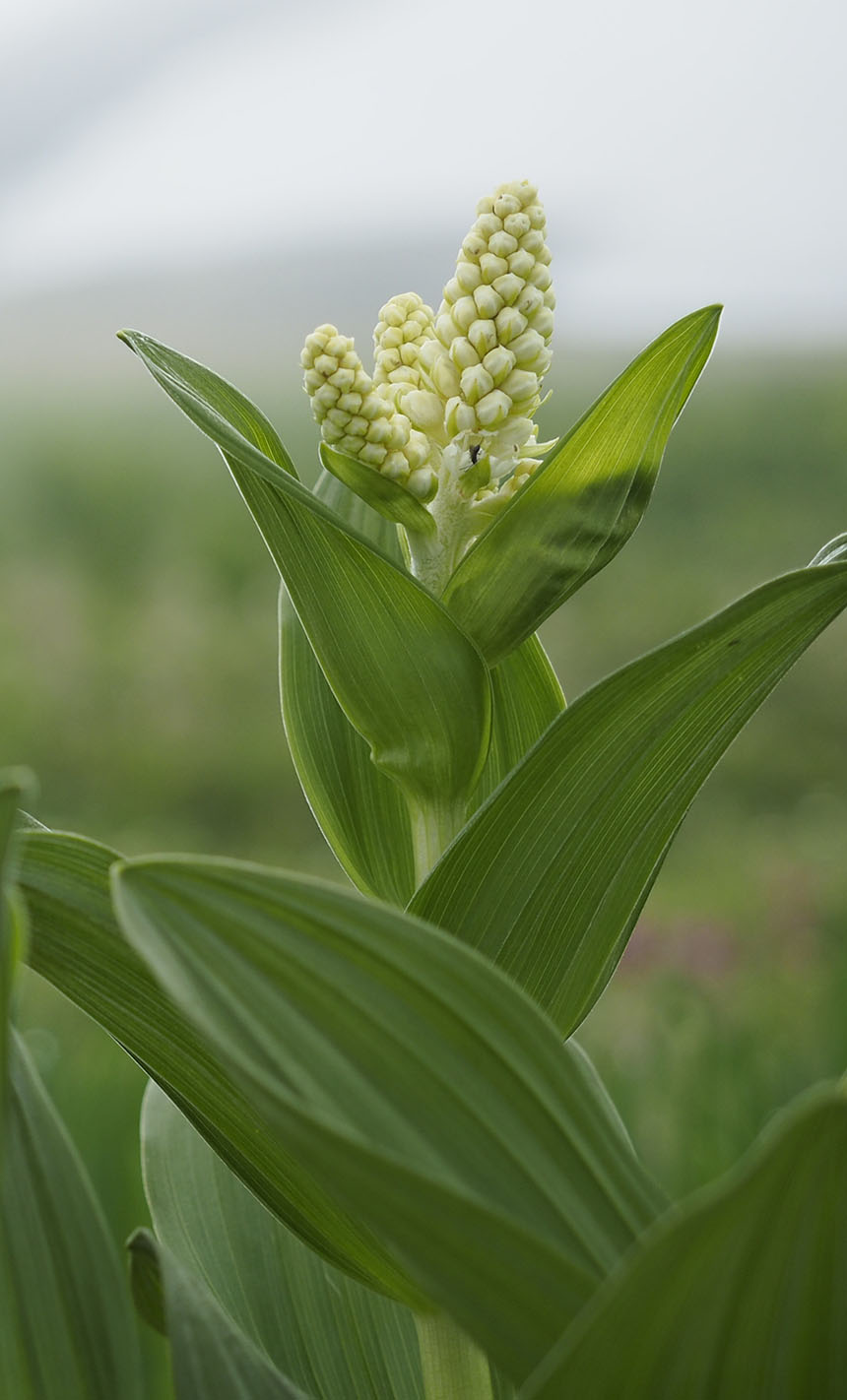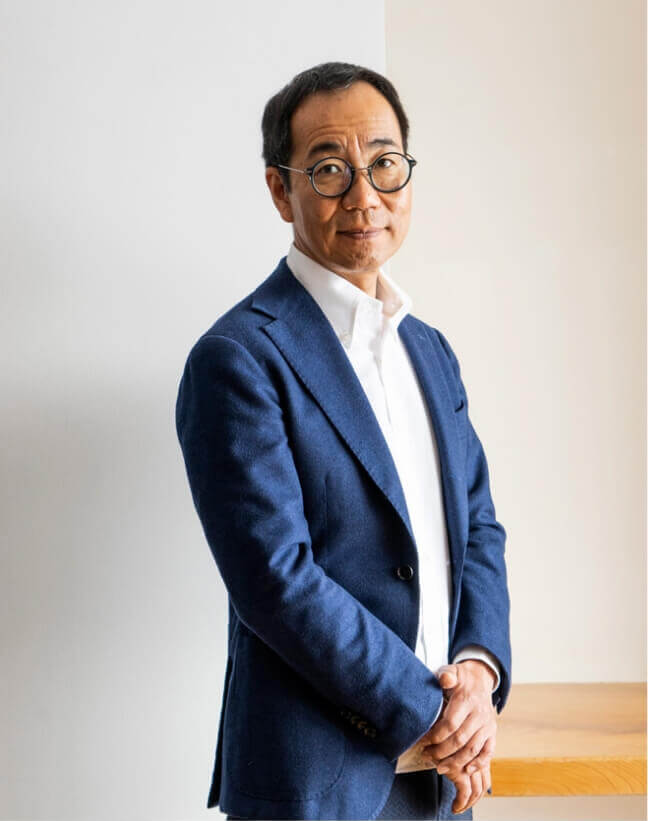message

Message - Redefine Sustainability
but we feel that it is a special land where ‘civilisation and primitive times merge’ in a deeper way. We believe that it is an oasis where urban civilisation and the great outdoors coexist in balance.

If the ‘Sun of Kurobe’ had been the ‘Sun of Oku-Tadami’, the Uonuma-Oze route would now be a major tourist destination in Japan, attracting crowds of foreigners.
In reality, however, Okutadami and the Uonuma-Oze route are the quietest and least developed areas in Oze. There is pristine wilderness, but there is also Japan’s largest dam, which supported Japan’s rapid economic growth. Like the Kurobe Tateyama Alpine Route, there is a long, long tunnel that would not have been built without the dam, and, unlike the Kurobe Tateyama Alpine Route, this one is open to ordinary vehicles without any restrictions on private cars.


The concept was “Redefine Luxury”, redefining luxury. Ten years later, the concept of 10 Stories Hotel OZE Oze Jujo is “Redefine Sustainability”, redefining sustainability. Walking through Oze to get in touch with nature, watching the red-hot sunset from the spa and sauna, eating food that makes you feel primitive…
You cannot understand this natural environment in one night. You can’t even begin to describe how amazing Ginzanping is. We hope you will stay at least two nights, three or four if you can, and feel something during your stay about what “sustainable” means and what we humans must do now.


Toru Iwasa
Creative director
Born 1967 in Ikebukuro, Tokyo. In 1989, while studying interior design at Musashino Art University, she founded a design company and later became an editor; in 2000, she launched the magazine Jiyujin and became its editor-in-chief; in 2002, she started Organic Express, which offers delicious and safe food from all over Japan; in 2011, she moved her base of operations from Nihonbashi, Tokyo, to Minamiuonuma City, Niigata Prefecture, to study rice, a staple food in Japan. In 2004, she moved her base of activities from Nihonbashi, Tokyo, to Minamiuonuma, Niigata, to learn more about rice, the staple food of Japan; in 2014, she opened Satoyama Jucho in the same city in the same prefecture. Since then, she has opened ‘Kou Otsu Hyakumachi’ (Shiga Prefecture), ‘Hakone Honbako’ (Kanagawa Prefecture) and ‘Matsumoto Jucho’ (Nagano Prefecture). The company has pioneered a new genre of lifestyle complexes and local gastronomy.
